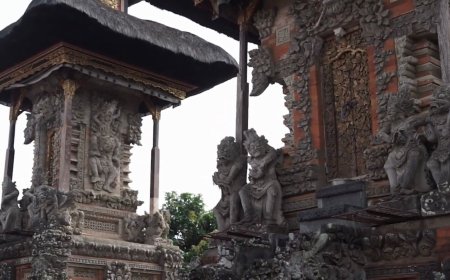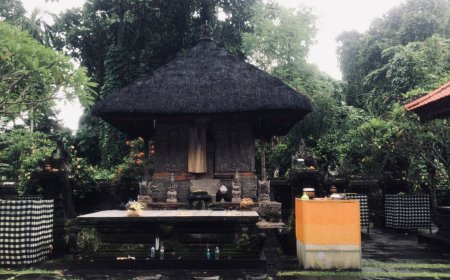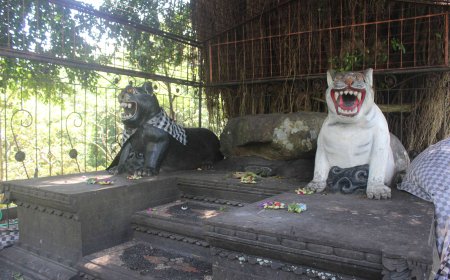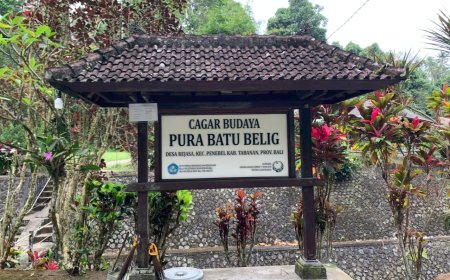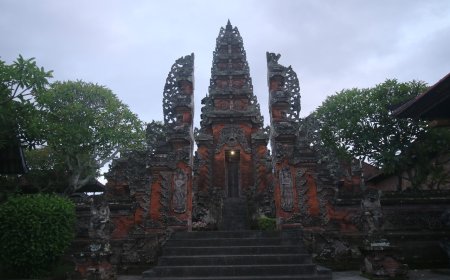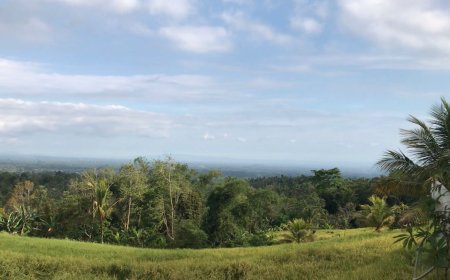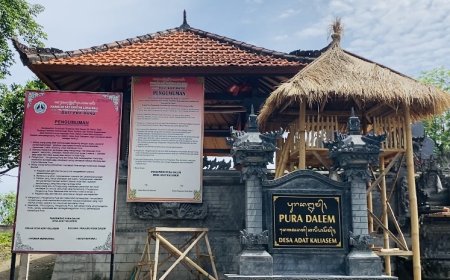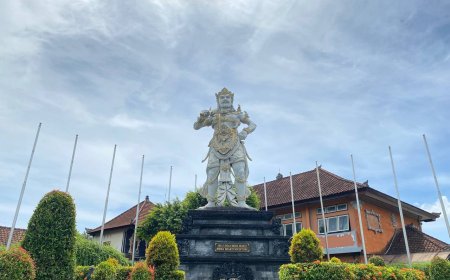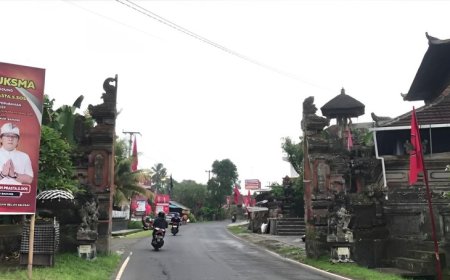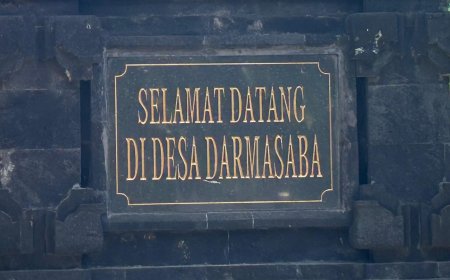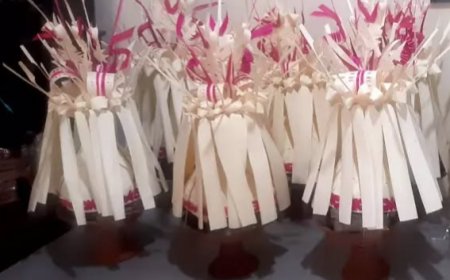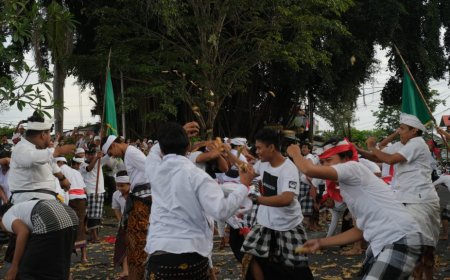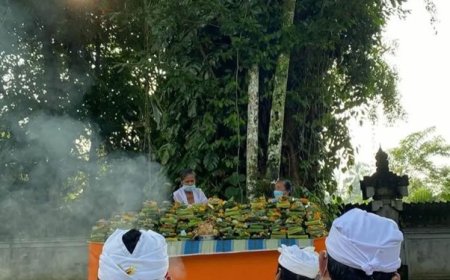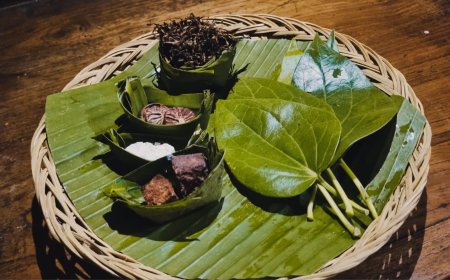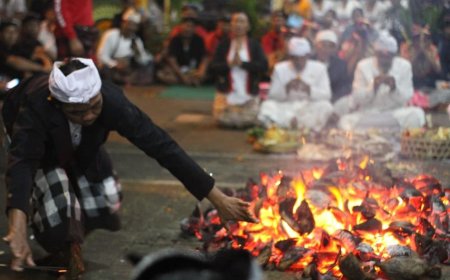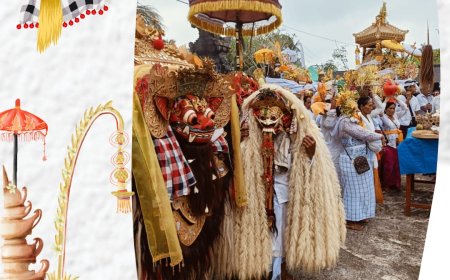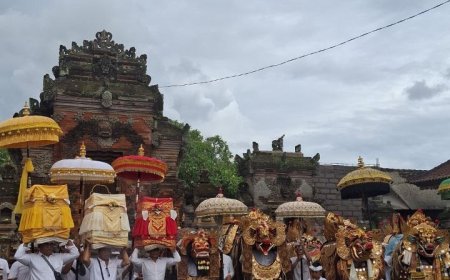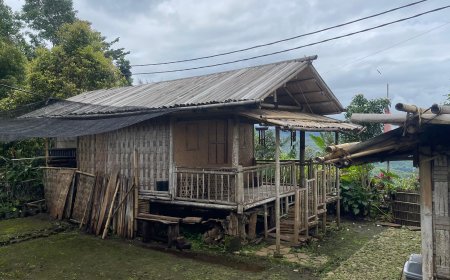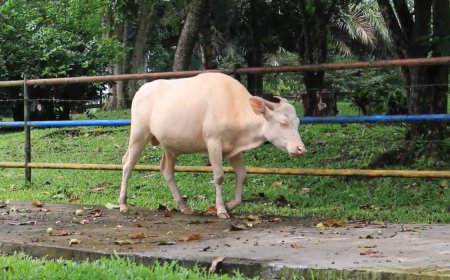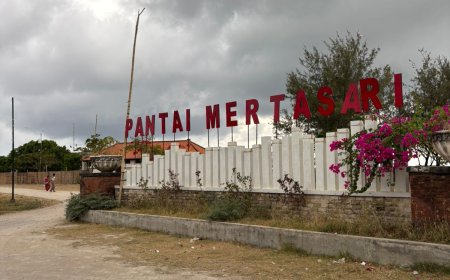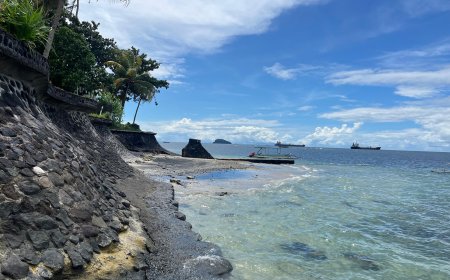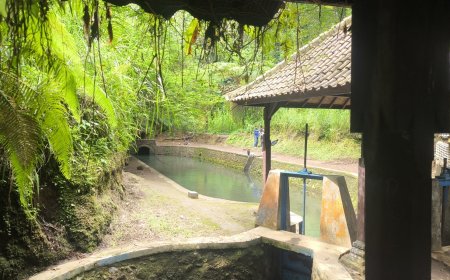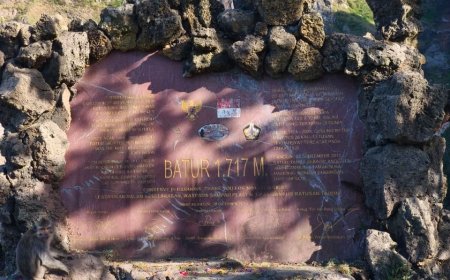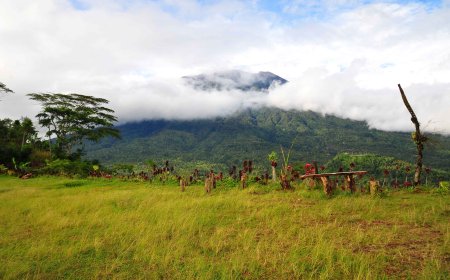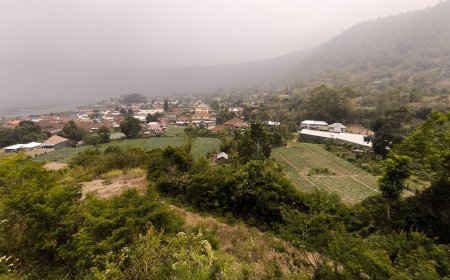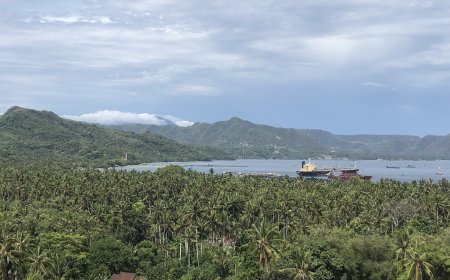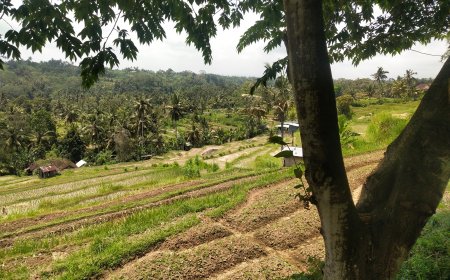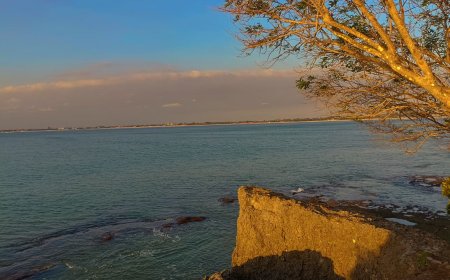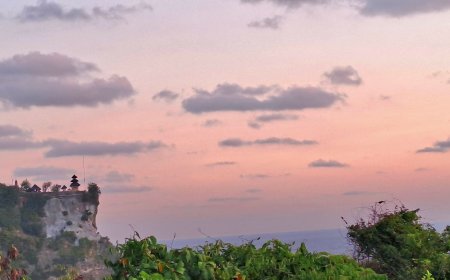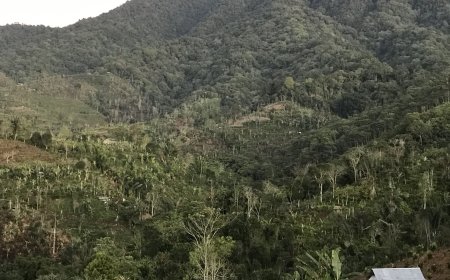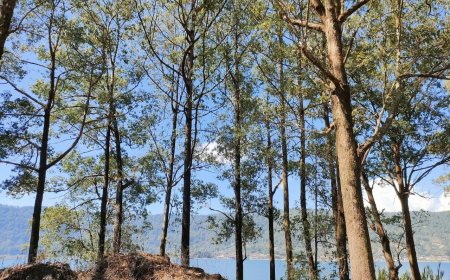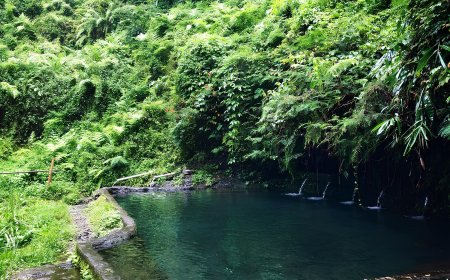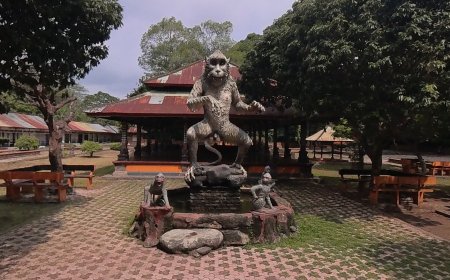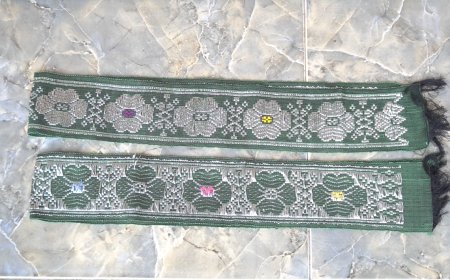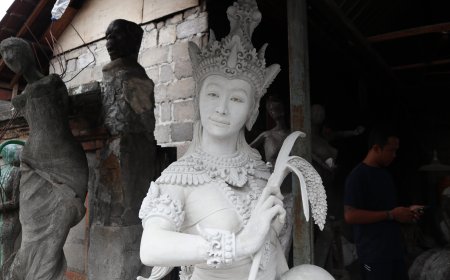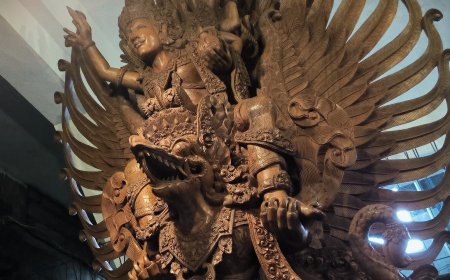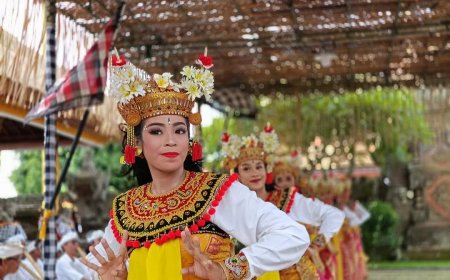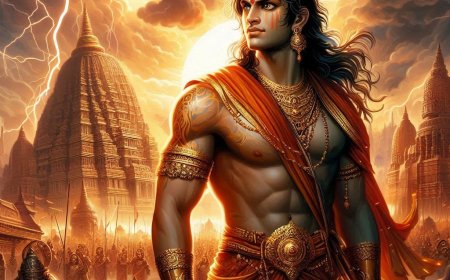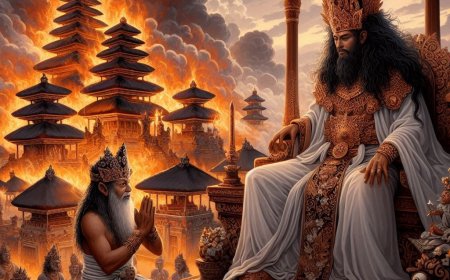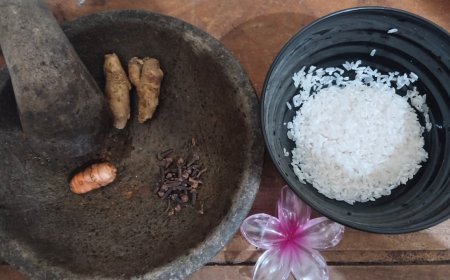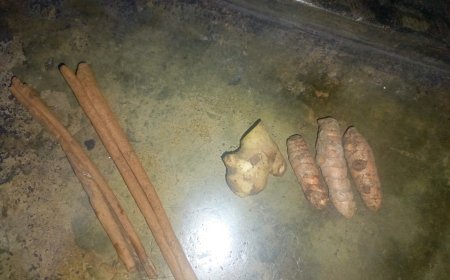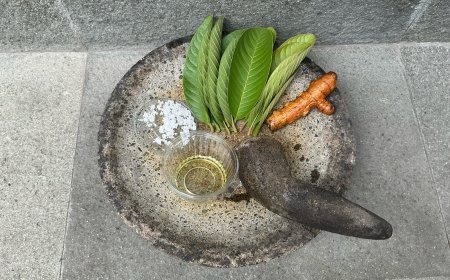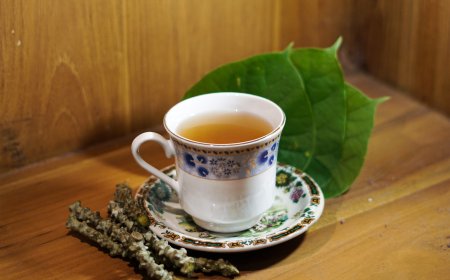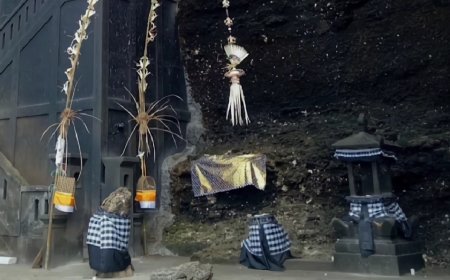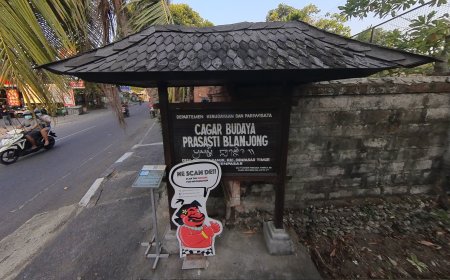Hidden from NICA’s Eyes, Sacred Protection for Ciung Wanara from Pura Dalem Basa, Ole
Pura Dalem Basa in Ole Village is not only a spiritual sanctuary but also a silent witness to the nation’s struggle. Here, in 1946, the Ciung Wanara troops prayed before launching their battle against NICA. A mystical tale tells that the warriors were shielded from enemy sight by divine protection. To honor their sacrifice, the community built a Monument of Struggle in the temple courtyard. This story affirms that independence was forged through courage, prayer, and the unity of the people.
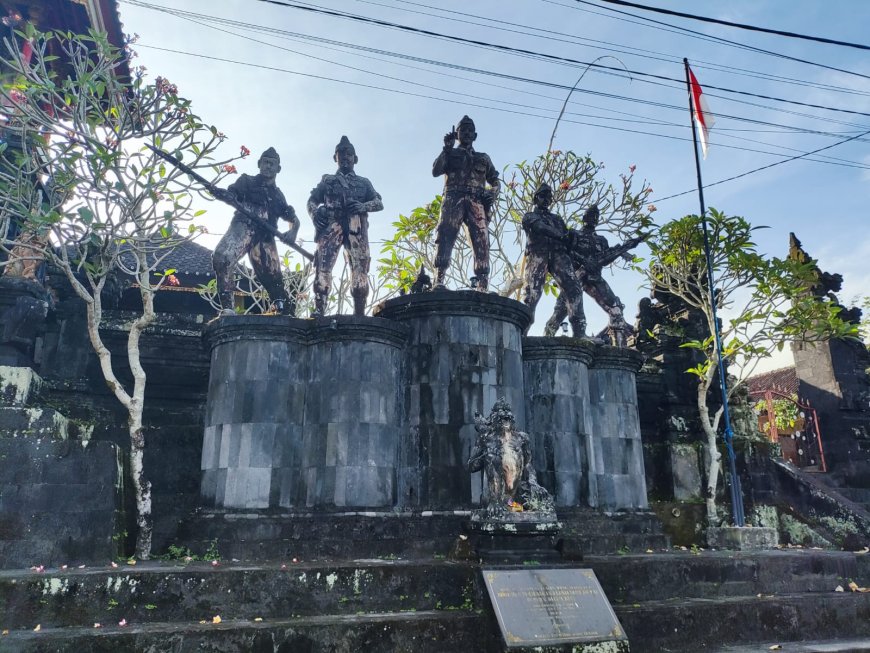
According to a manuscript written by I Gusti Ketut Sedeng, Bendesa Adat Marga from 1937–1953, Pura Dalem Basa was first established by Ratu Pering. From Kuwoman Lebah, the king and his followers often cleared forests toward the southeast until they discovered new land. There, they built a settlement named Ngebasa (today known as Banjar Dinas Basa, Desa Marga). Like other temples in Bali, Pura Dalem Basa also has a regular temple festival (piodalan), celebrated by the Hindu community. Its piodalan falls on Buda Cemeng (Buda Wage) Langkir.
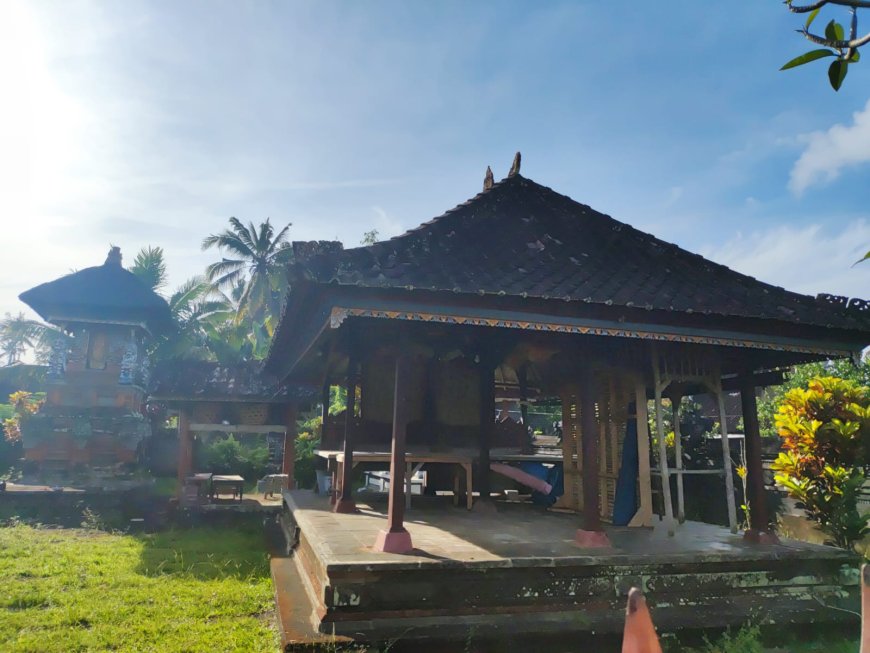
Utama Mandala Pura Dalem Basa (Photo Source: Personal Collection)
The role of Pura Dalem Basa extended beyond the spiritual domain, becoming deeply significant in the nation’s struggle for independence. On November 14, 1946, the General Headquarters of DPRI Sunda Kecil was moved from Desa Kuwum to Banjar Ole. Just five days later, on November 19, 1946, I Gusti Ngurah Rai and his Ciung Wanara troops held a spiritual retreat (semedi) at Pura Dalem Basa.
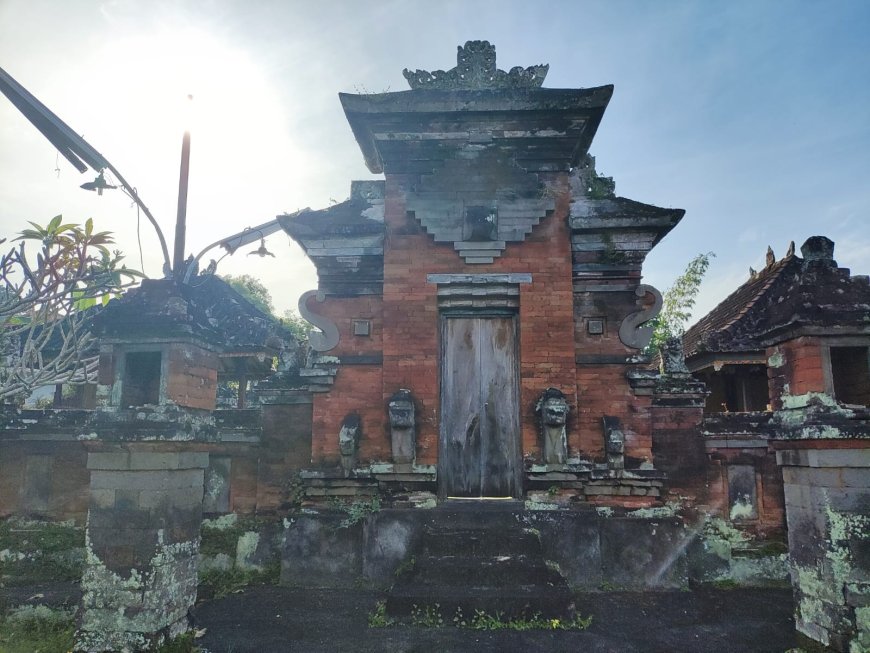
Candi Bentar at the Outer Courtyard of Pura Dalem Basa (Photo Source: Personal Collection)
At this sacred site, they prayed and sought blessings before launching an attack, under the guidance of the temple priest, the late Pan Pasek. Prayers were offered, strategies carefully arranged, and faith strengthened.
According to the oral history of Banjar Ole, during this spiritual retreat the Ciung Wanara troops received divine protection: although the area was surrounded by NICA forces, the fighters remained unseen by the enemy. This story is believed to reflect spiritual intervention that fortified the troops’ confidence to continue their struggle.
As a tribute to the heroes, the people of Banjar Ole built a Monument of Struggle in the courtyard of Pura Dalem Basa. Standing 230 cm tall, the monument was built through local community efforts, initiated by a development committee led by I Wayan Supra.
On the monument are inscribed the names of fallen fighters, including Captain I Gusti Bagus Sugianyar, Major I Gusti Putu Wisnu, Captain Gusti Wayan Debes, and Bdan Wagimin. These names symbolize the bravery and sacrifice of the Ciung Wanara troops in defending independence.
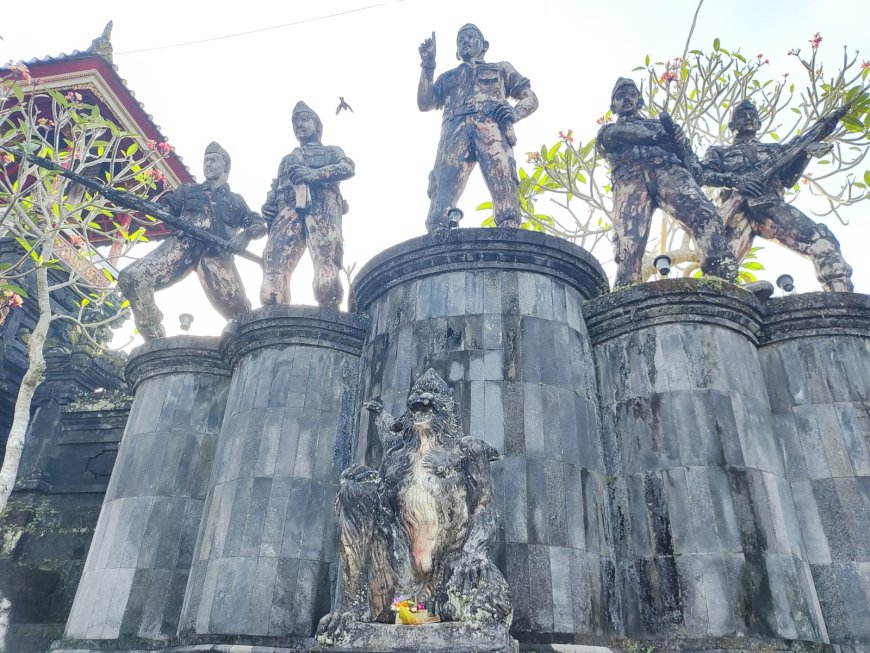
The Ciung Wanara Struggle Monument at Pura Dalem Basa (Photo Source: Personal Collection)
The monument and its story not only preserve the names of these heroes but also affirm that the nation’s struggle was born out of courage, prayer, and collective effort, including the roles of figures often overlooked in historical records.
